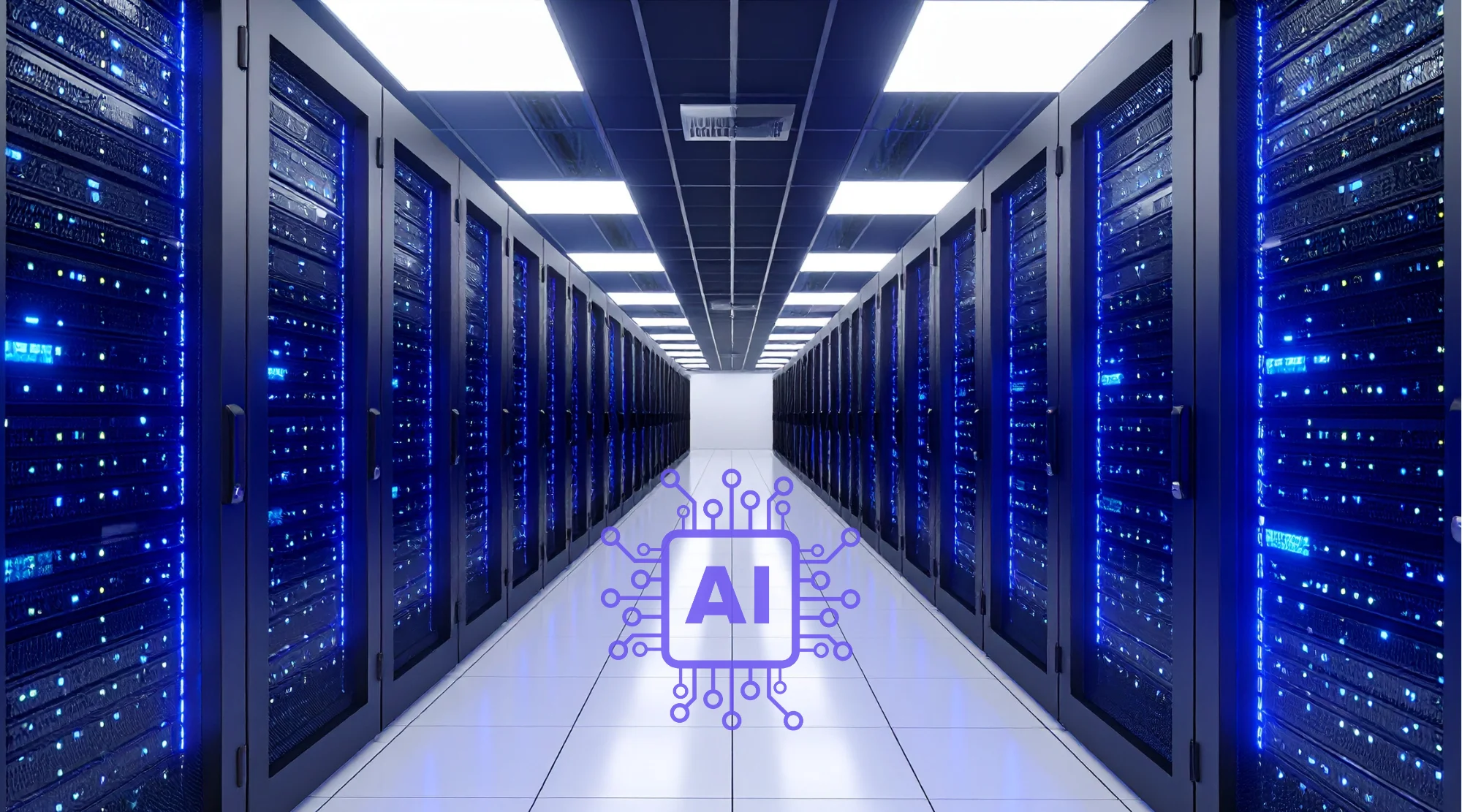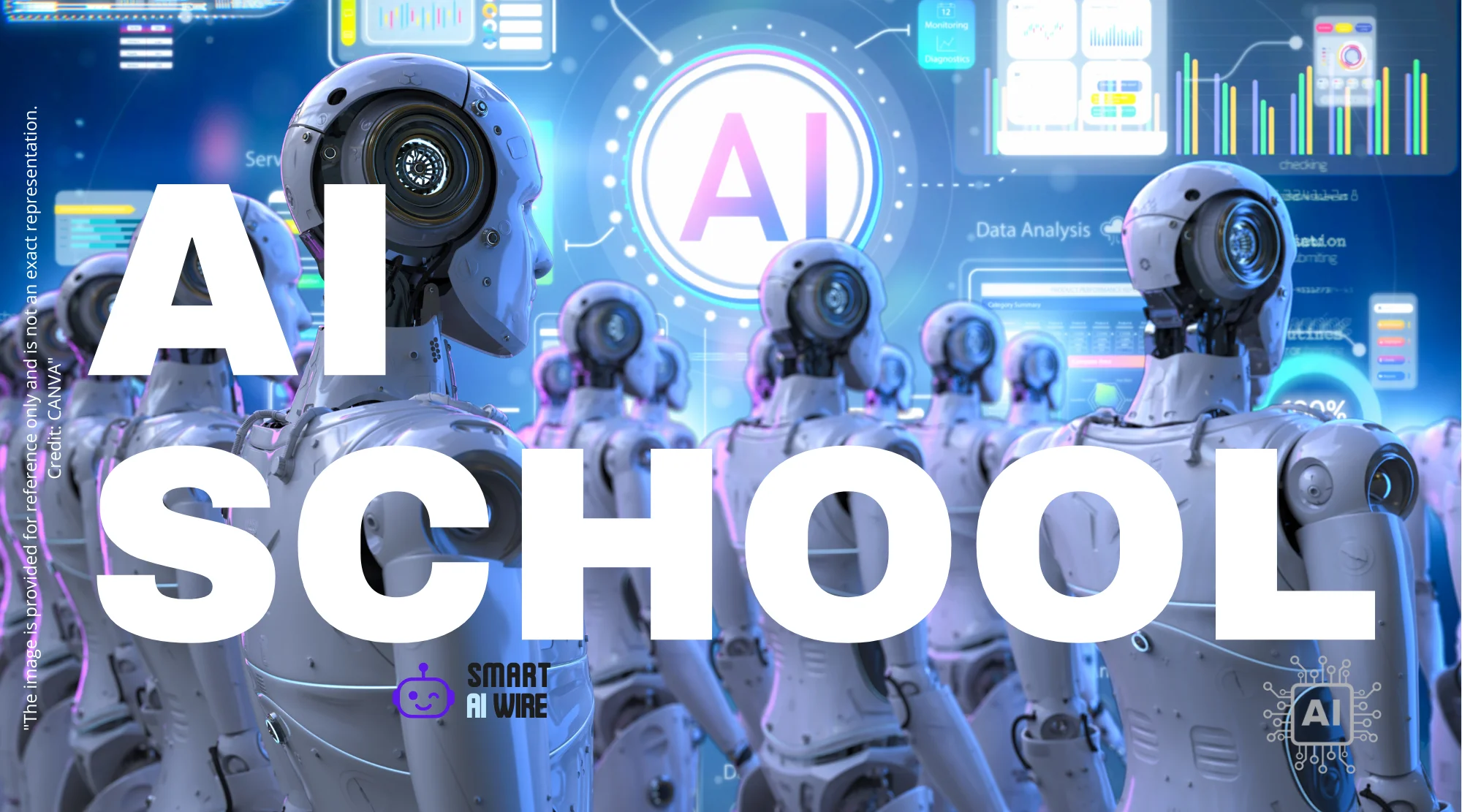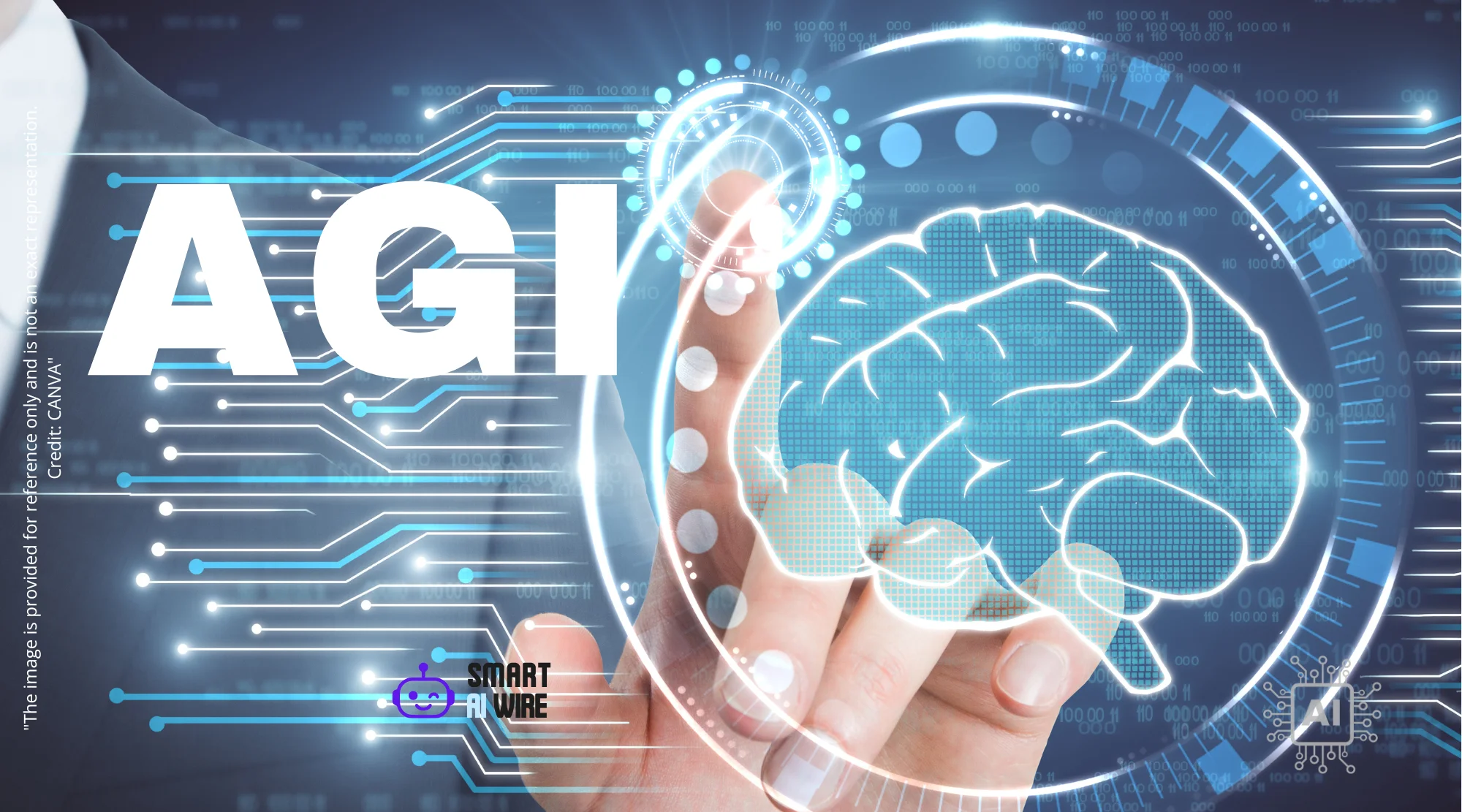The AI Energy Consumption Debate: Balancing Innovation and Sustainability
The rapid advancement of artificial intelligence (AI) has sparked concerns about its potential impact on energy consumption and the environment. While some fear an “AI-energy apocalypse,” a closer look reveals a more nuanced picture. Is the rise of AI destined to drain our resources, or can it be a catalyst for a more sustainable future? This article explores the complex relationship between AI and energy, examining both the challenges and the opportunities it presents for businesses and the planet.
The truth is that AI models, especially the large language models (LLMs) powering applications like chatbots and image generators, require significant computational power. This translates into a substantial energy footprint, raising questions about the sustainability of AI development. However, AI also offers powerful tools to optimize energy use across various industries, potentially leading to a net reduction in global emissions. Let’s dive into the details of this critical debate.
The Growing Energy Demands of AI
The training and operation of AI models require massive amounts of electricity. Data centers, the hubs where AI computations take place, are already significant energy consumers, and their demands are projected to increase dramatically as AI adoption expands. The complexity of AI algorithms, the scale of training datasets, and the need for continuous operation all contribute to this growing energy appetite.
Consider the resources needed to train a large language model. The process involves feeding the model vast quantities of data and iteratively adjusting its parameters to improve its performance. This process can take days or even weeks, requiring specialized hardware and substantial electricity consumption.

Moreover, the deployment of AI applications also contributes to energy use. From AI-powered search engines to autonomous vehicles, these technologies require constant processing and data transfer, further straining energy resources. As AI becomes more pervasive in our daily lives, its overall energy footprint is likely to increase significantly.
AI as a Solution for Energy Efficiency
Despite its energy demands, AI also presents significant opportunities for optimizing energy consumption and promoting sustainability. AI algorithms can analyze vast datasets to identify patterns and predict energy demand, enabling more efficient resource allocation.
In the energy sector, AI can optimize power grids, predict equipment failures, and improve the efficiency of renewable energy sources like solar and wind. For example, AI can forecast solar irradiance and wind patterns to optimize energy generation and distribution, reducing reliance on fossil fuels. This application of AI addresses the growing need to lower carbon emissions, much like the need to train professionals to master prompt engineering. Read more about that in the article, Become a Prompt Engineer: Skills, Tools & Learning Path.
AI’s Role in Optimizing Business Operations
Beyond the energy sector, AI can also drive efficiency gains across various industries, reducing overall energy consumption. In manufacturing, AI-powered robots and automation systems can optimize production processes, minimize waste, and improve energy efficiency. In logistics and transportation, AI can optimize routes, reduce fuel consumption, and improve the efficiency of supply chains.
Businesses can leverage AI to monitor and optimize their energy usage in real-time. AI-powered energy management systems can analyze building data, adjust heating and cooling systems, and optimize lighting to minimize energy waste. These systems can also identify opportunities for energy conservation and provide recommendations for improving overall energy efficiency. As companies navigate the AI revolution, they should also consider the potential for AI to create new job roles and potentially displace others. For more on this, check out the article, Will AI Take My Job? Identifying Safe and Vulnerable Roles.
Addressing the Environmental Impact of AI
To fully realize the potential of AI for sustainability, it’s crucial to address its environmental impact. This requires a multi-faceted approach that includes developing more energy-efficient AI algorithms, using renewable energy sources to power AI infrastructure, and promoting responsible AI practices.
Researchers are actively working on developing more efficient AI algorithms that require less computational power and energy. This includes techniques like model compression, pruning, and quantization, which reduce the size and complexity of AI models without sacrificing performance.
Data centers are also increasingly adopting renewable energy sources like solar and wind to power their operations. This reduces the carbon footprint of AI computations and promotes a more sustainable AI ecosystem. Furthermore, businesses can adopt responsible AI practices by considering the environmental impact of their AI initiatives and implementing strategies to minimize their energy consumption.
Striking a Balance: Innovation and Sustainability
The AI-energy debate highlights the importance of striking a balance between innovation and sustainability. While AI offers immense potential for solving some of the world’s most pressing challenges, its energy demands cannot be ignored. By adopting a holistic approach that considers both the benefits and the environmental impact of AI, we can ensure that this technology contributes to a more sustainable future.
Ultimately, the future of AI and energy depends on our ability to develop and deploy AI responsibly. This requires collaboration between researchers, policymakers, and businesses to create a framework that promotes sustainable AI practices. By prioritizing energy efficiency, adopting renewable energy sources, and promoting responsible AI practices, we can harness the power of AI to create a more sustainable and prosperous world.
Conclusion: Embracing a Sustainable AI Future
The discussion surrounding AI energy consumption underscores a critical point: technological advancement must go hand in hand with environmental responsibility. While the initial energy demands of AI might seem daunting, the potential for AI to optimize resource use and drive sustainability across industries is immense. By focusing on energy-efficient algorithms, renewable energy sources, and responsible AI practices, we can navigate the complexities and unlock a future where AI powers innovation without compromising the planet. This requires a proactive approach, embracing sustainable strategies to ensure that AI becomes a force for good, driving both progress and environmental stewardship.




3 thoughts on “AI Energy Consumption: Can Innovation and Sustainability Coexist?”